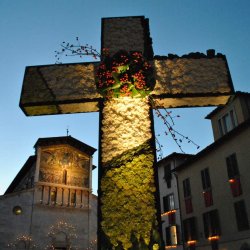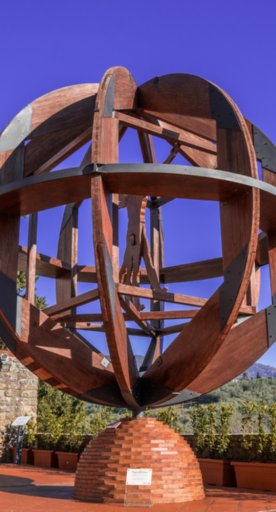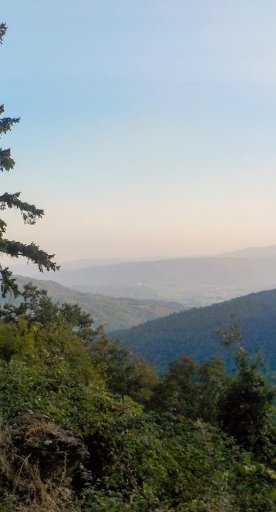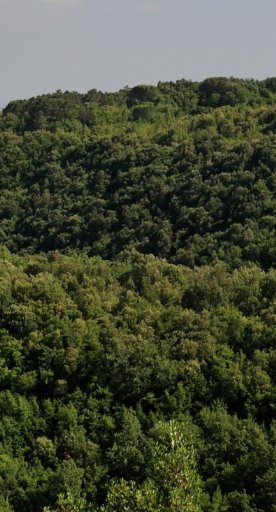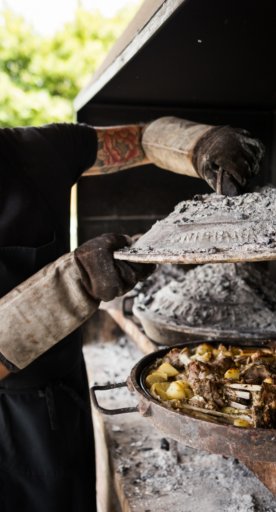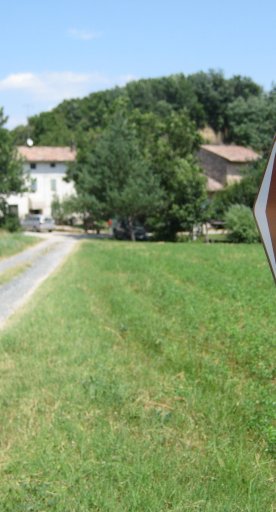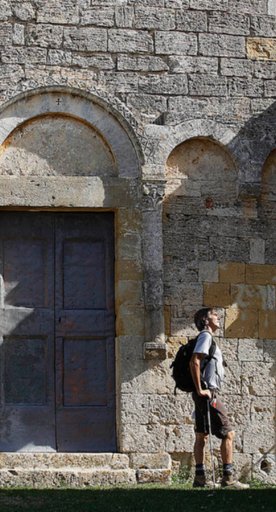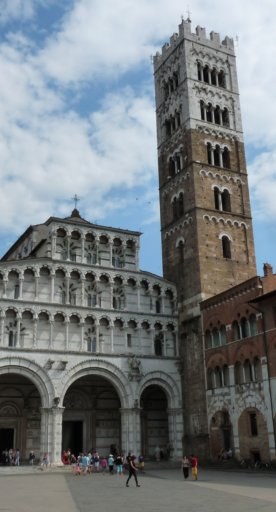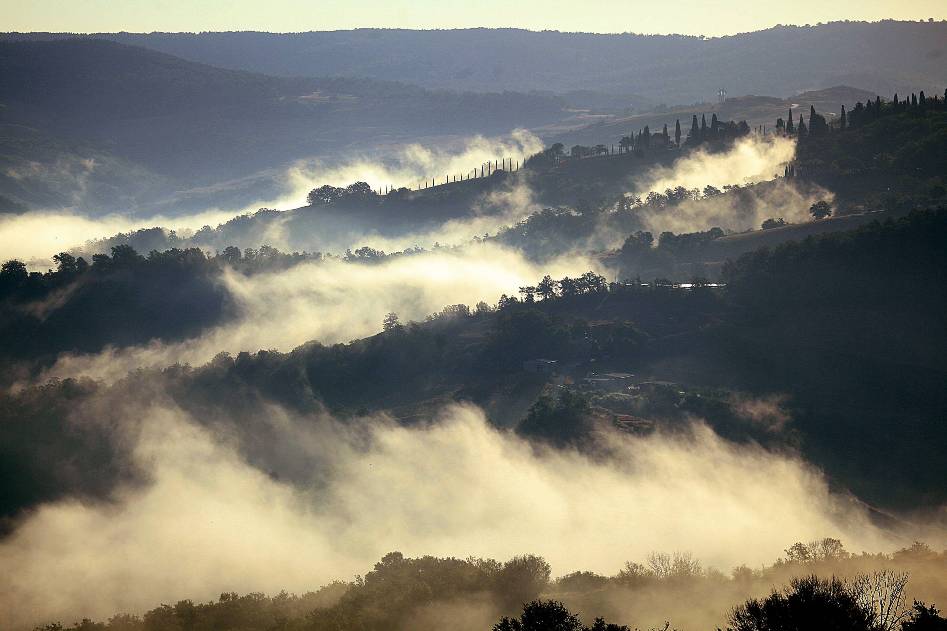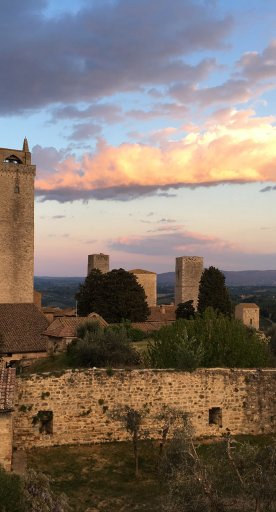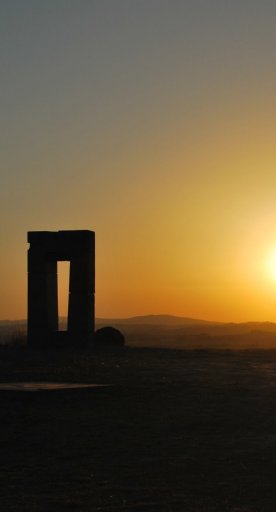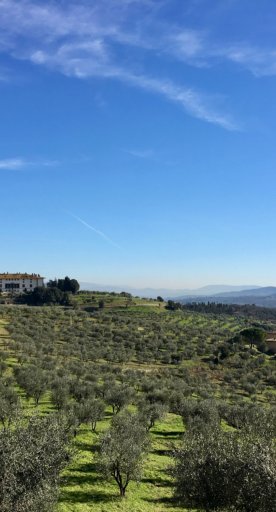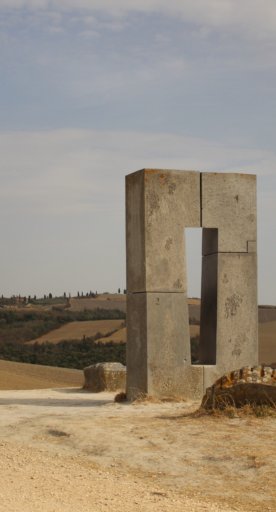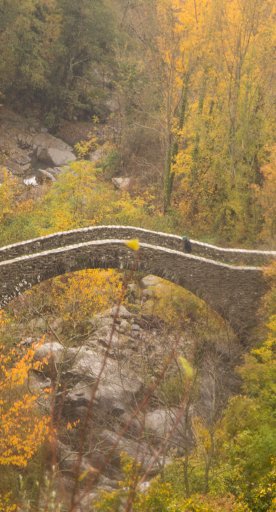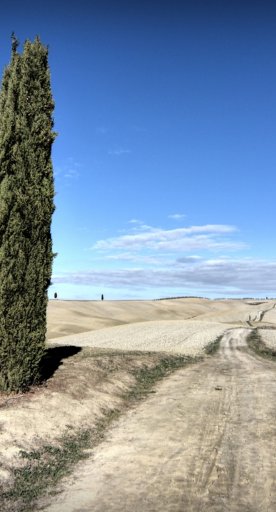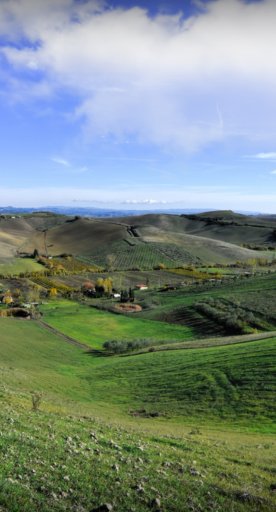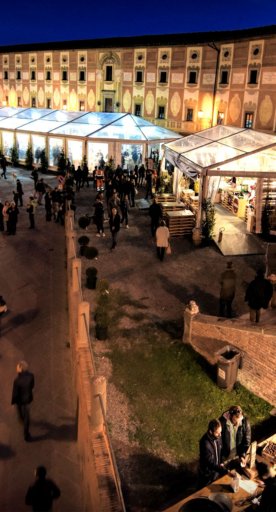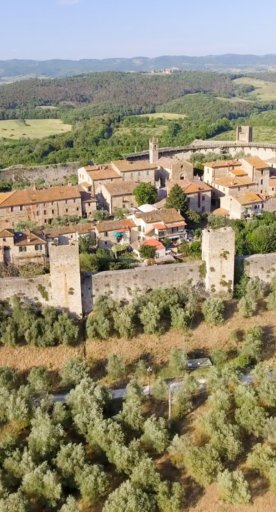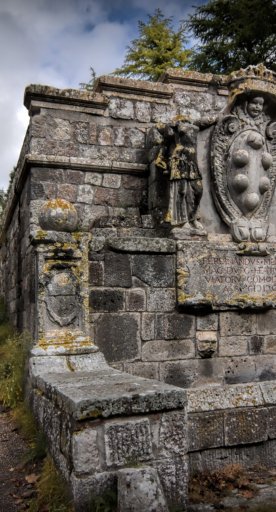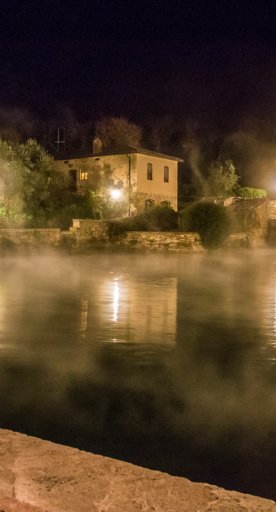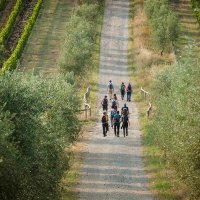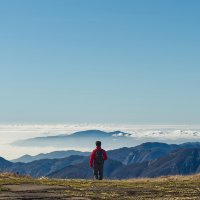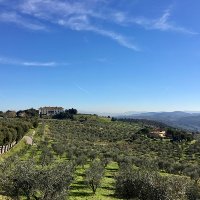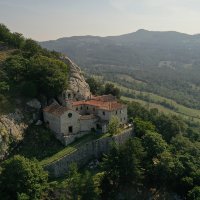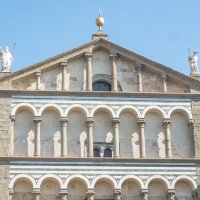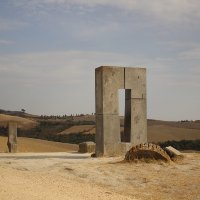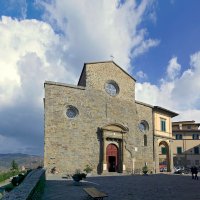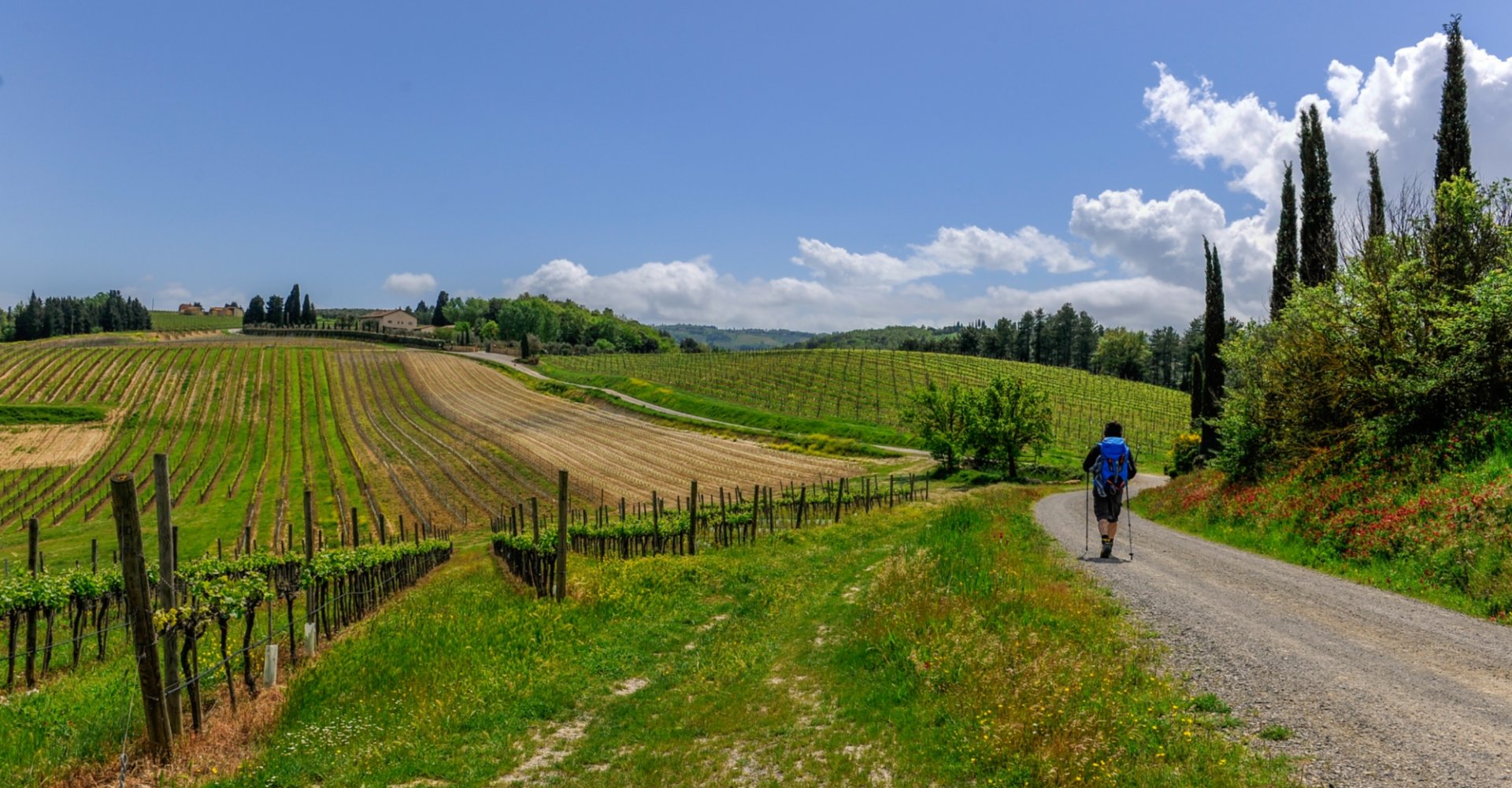
10 reasons why Via Francigena is cool
Ten reasons why you should follow in the footsteps of the pilgrims along the Via Francigena
We devote a lot of space to the Via Francigena, an ancient pilgrim walking trail that crosses Tuscany, but we’ve never listed all the reasons why this path is truly worth visiting. Here are 10 reasons why the Francigena is “cool”.
-
1.The Via Francigena crosses four countries!
-
2.The Via Francigena can be covered on foot or by bike
-
3.The Via Francigena is an excellent way to see the Tuscan countryside
-
4.The Via Francigena skirts many historical sights and towns
-
5.You can do urban trekking
-
6.Along the Via Francigena many cultural events take place
-
7.The food is delicious along the Via Francigena
-
8.The Via Francigena is not crowded
-
9.The Via Francigena is for everyone
-
10.It’s not all about Francigena!
The Via Francigena crosses four countries!
The Via Francigena is a long-distance trail following a medieval pilgrim path. It crosses four countries: it starts in Canterbury, in the UK, then crosses France and Switzerland before reaching Italy. This walking trail passes the cliffs of Dover, the Champagne region, the Alps and Tuscany offering unforgettable views of some of Europe’s best landscapes. In Tuscany it covers about 400 km divided into 16 stages.
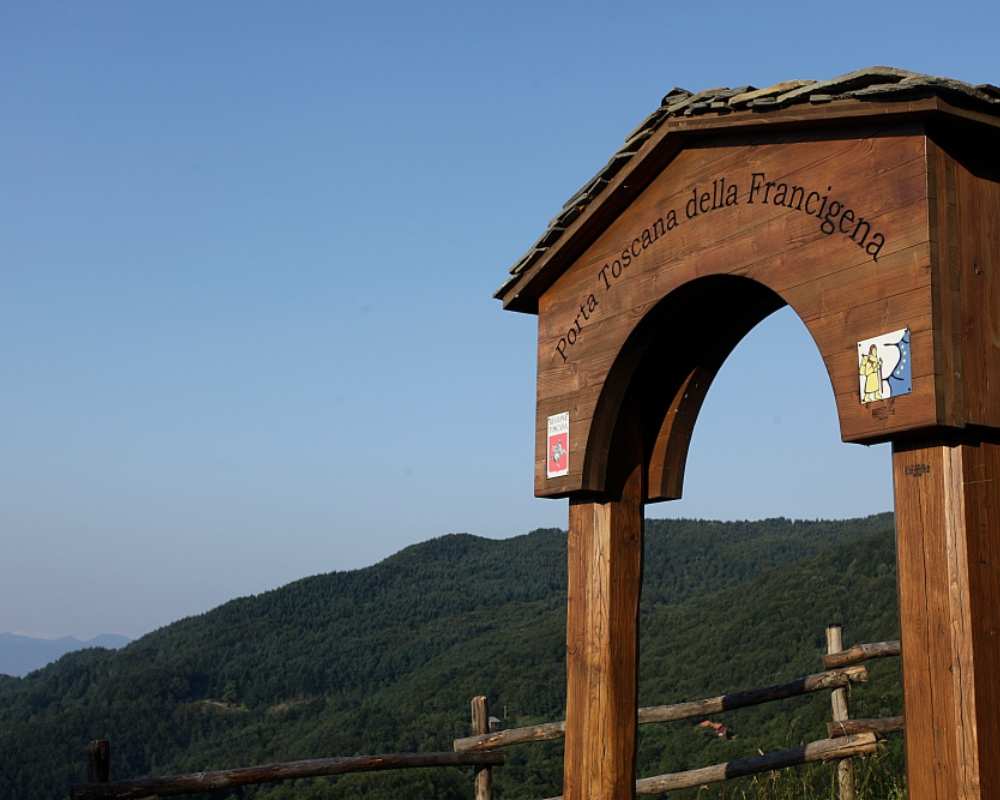
The Via Francigena can be covered on foot or by bike
For centuries this path has been the trail of pilgrims and merchants, most of them were traveling on foot. Nowadays you can experience the Via Francigena in different ways. By bike you can cover all the legs, but make sure that you read all the things you need to know about the Via Francigena while planning your trip. The itinerary is fit for a hybrid bicycle with panniers and presents no need to lift it or get off and push it. The bike path is generally separate from the walking path, but they have some passages in common.
The Via Francigena is an excellent way to see the Tuscan countryside
Walking through Tuscany, you can find interesting places and incredible scenery that you would otherwise fail to see. Some of the most amazing places aren’t in the guide books and are hard to really experience unless you experience them on foot, such as some hidden hamlets that are not on the tourist radar or some secluded farmhouses overlooking beautiful rolling hills and vineyards. Walking through the Via Francigena is a totally immersive experience that helps you to connect with the landscapes and local people.
The Via Francigena skirts many historical sights and towns
The Tuscan section of the Via Francigena is about 400 km itinerary of history, culture and traditions, immersed in an breathtaking landscape. Along the route there are some well-known landmarks, such as Lucca, Siena, San Gimignano, Monteriggioni, Val d'Orcia area (UNESCO site) and Bagno Vignoni—the distant views approaching and leaving San Miniato and San Gimignano are timeless. The rolling hills of Tuscany, with the farmhouses flanked by columns of cypress trees and the walled castles set in a perfect tapestry of vineyards, are seen at their best at three miles an hour, according to Brian Mooney, who covered 2,200km in over 75 days from Coggeshall, Essex, via London to Rome. Beside the well-known towns and villages, there are also some hidden sights to be discovered. Read here some not-to-be-missed hidden gems along the Via Francigena.
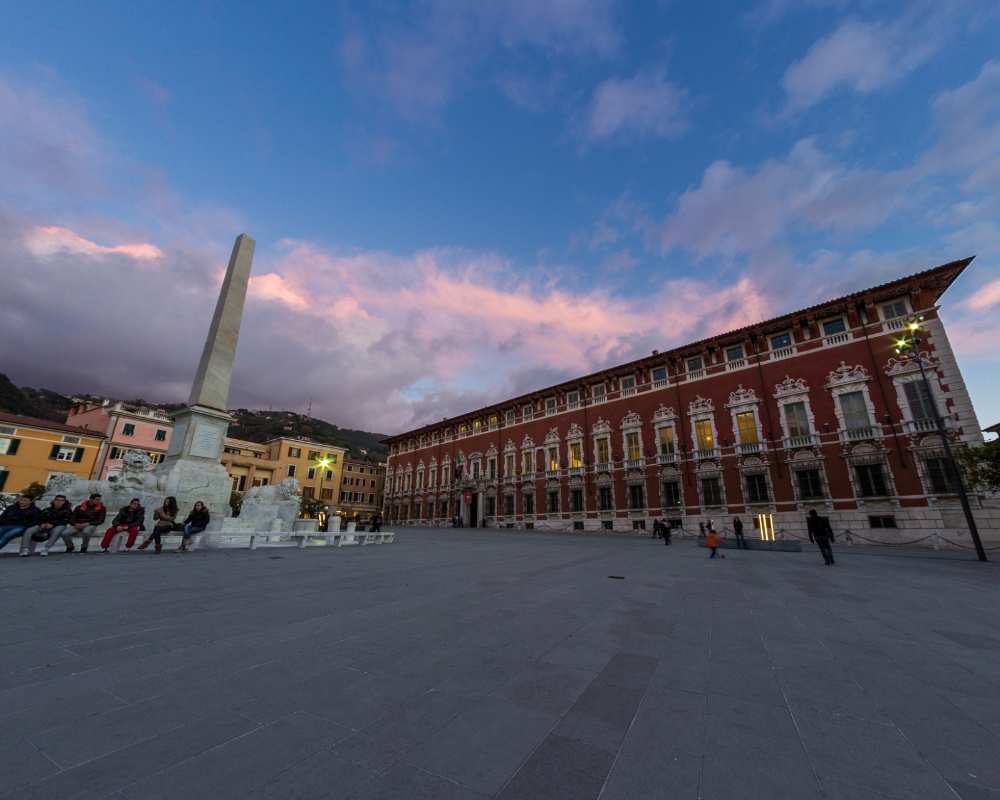
You can do urban trekking
If you don't feel like adventuring in the countryside and facing long treks between one town and another, it’s no problem: enjoy some urban trekking instead! In Siena, every Sunday until November 1, join guided tours to discover the city in the footsteps of the ancient pilgrims! #SienaFrancigena begins from Porta Camollia, where the Via Francigena enters the city and it continues to the Santa Maria della Scala complex, the oldest hospital in Europe, which in the past provided assistance to the pilgrims, and it ends near Porta Romana. The tour lasts for 3 hours and covers 4 kilometers inside the city walls.
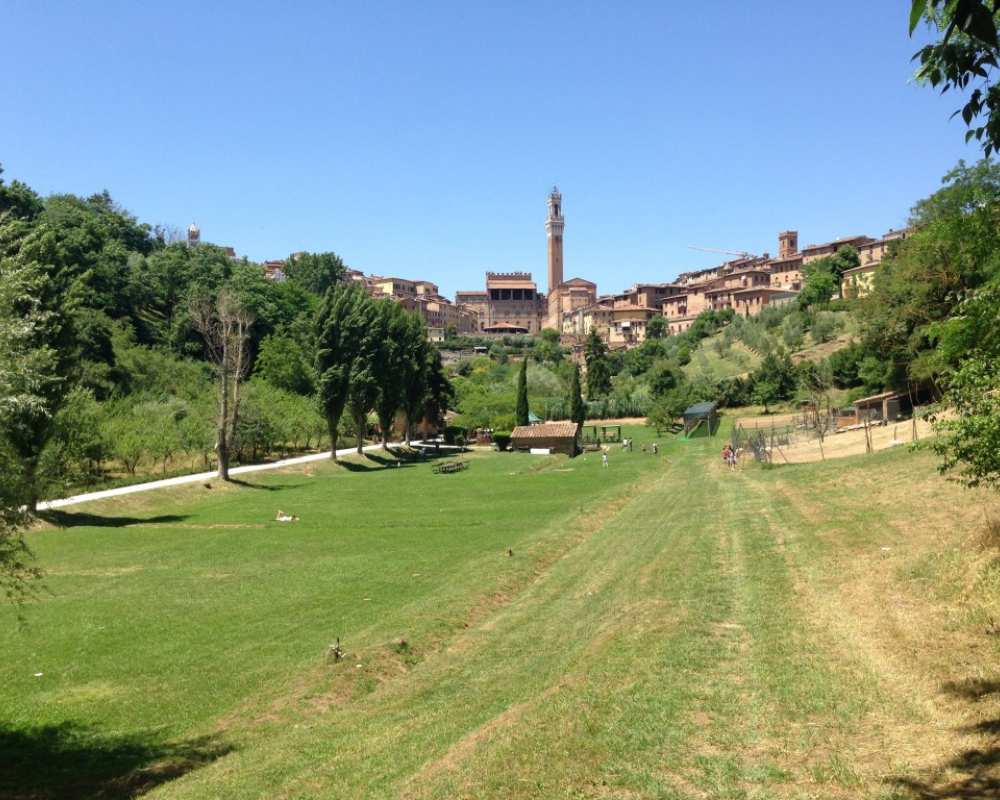
Along the Via Francigena many cultural events take place
The Via Francigena crosses many interesting towns that offers cultural events, food festivals and concerts all year round. One of the most important events is the Slow Travel Fest, the official regional festival dedicated to slow travel and outdoor experiences along the Via Francigena. Born as a single event in Monteriggioni, it has become an itinerant festival. The activities of the 2019 program took place in Filetto, Villafranca in Lunigiana, Camaiore, Abbadia a Isola, Monteriggioni and Fucecchio.
The food is delicious along the Via Francigena
The Via Francigena not only gives you the chance to discover unique landscapes and hamlets but also medieval dishes that are still alive and well today. You can walk like a pilgrim but you can eat like a king! Here is a list of ancient foods that you can still find along the Tuscan route and some ideas for a medieval-style snack.
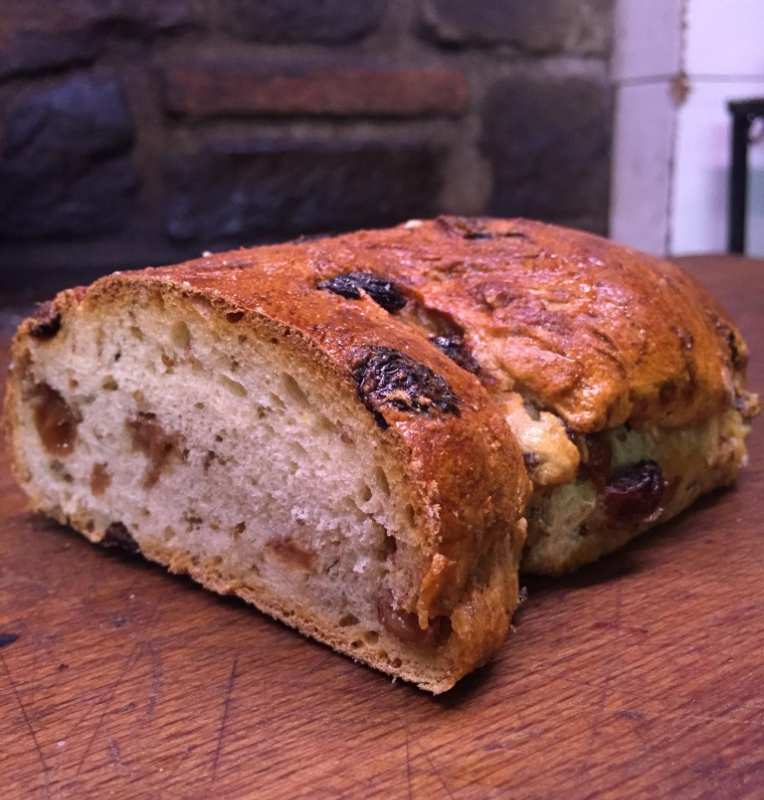
The Via Francigena is not crowded
Comparing to the Camino De Santiago, the Via Francigena is much less popular and can be a solitary journey at times. It is also far tougher, which is why you’ll meet highly motivated people or true pilgrims along the way. The Via Francigena winds its way through the mysterious Lunigiana, through some of the most scenic hilltop Tuscan towns and through Tuscany’s enchanting Val d’Orcia. This journey demands a physical and emotional commitment, and it is quite challenging at some points but definitely worth it for the amazing views and the immersive experience. The Via Francigena is not too crowded but it’s not deserted either; you’ll encounter a few pilgrims along the way.
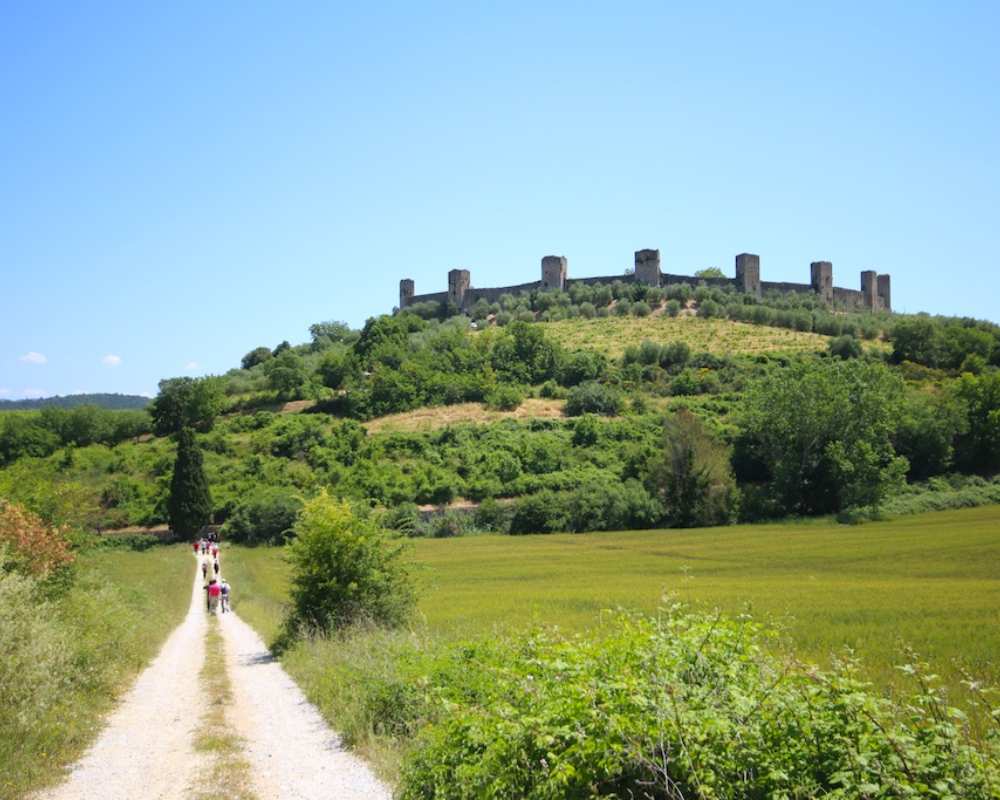
The Via Francigena is for everyone
Usually the journey is religious, but more often modern pilgrims have no specific reason other than to meditate, reconnect with nature, face inner problems or challenge themselves. You don't need to be a believer to walk the Via Francigena, especially because it’s a very physical challenge and the landscapes encountered are truly amazing. If you’re looking for a spiritual commitment there's no better way to go on pilgrimage along the ancient path and the most important road that leads to Rome, the heart of Christianity. If you enjoy hiking you'll be enthusiastic to face this walking trail, characterized by secret castles, pristine forests, unexpected coastal views, gentle rolling hills, with their changing colors in the seasons, patchwork of wheat, corn and sunflowers fields, scattered farmhouses and dirt roads lined with cypress trees. Whatever your purpose may be, you need to prepare your journey in advance and to read this post that you’ll help you to plan and pack, making the best of your adventure along the Via Francigena.
It’s not all about Francigena!
The most popular walking trail in Tuscany is the Via Francigena, but in fact there are dozens of alternative routes or spiritual paths. The most popular is St. Francis’ Way, which retraces the saint’s footsteps. Along this trail you'll visit La Verna and the sanctuary dedicated to him, or you'll see some of the best towns in the Arezzo area, such as Caprese Michelangelo, Anghiari and Cortona. In Garfagnana there is the Via Matildica del Volto Santo, which ends in Lucca in front of the wooden Christ in the Cathedral of San Martino.
Have you already experienced a pilgrimage? If you went on a pilgrimage along the Camino de Santiago and you want to know similarities and differences between the Tuscan and the Spanish walk, read this post.
The original version of this article was written by Kinzica Sorrenti.
